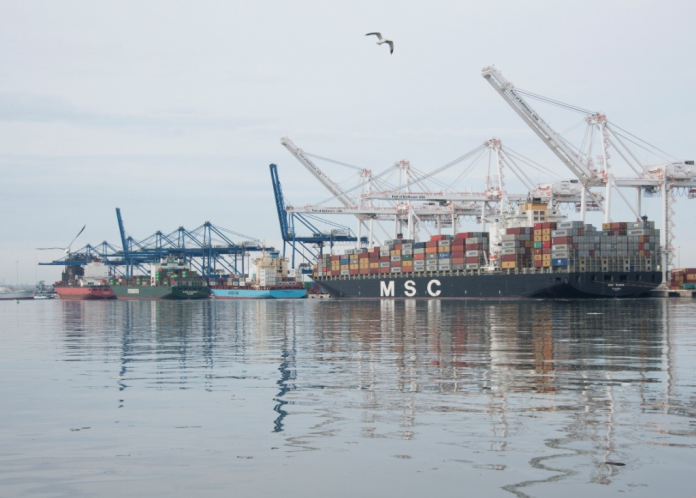Mainline operators have lost half of the gains seen during the early days of the Red Sea crisis, and this is placing the market in shippers’ favour during Transpacific contract negotiations, according to the Baltic Exchange’s latest report.
Writing in the report, Vespucci Maritime CEO Lars Jensen noted that the pace of rate declines on the Transpacific and Asia-Europe lanes is slowing down, for now indicating a possible flattening out over the next month at a level still considerably above the pre-crisis level, as well as above the pre-pandemic level.
The collapse of the Francis Scott Key Bridge in Baltimore on 26 March is not expected to impact freight rates, said Jensen.
Jensen explained, “From a US perspective, this only has impacted the northeast as cargo flows are mainly redirected through Norfolk and New York/New Jersey. This leads to a 10% increase in port handling in these two ports, which is within their capacity. As a result, some delays and cost increases might be expected, but nothing disruptive on the ocean side. Inland truck and rail might see slightly more challenges in the northeast of the US, but from a global perspective, this will have no impact at all.”
Freightos’ research lead, Judah Levine, noted that Freightos Baltic Global index fell 22% month on month in March to US$2,624/FEU as Lunar New Year demand subsided and ocean carriers have now had time to adjust to the longer routes due to continuing Red Sea diversions, which together have eased pressure on rates.
Prices are nonetheless expected to remain elevated, with some estimating that they will remain 1.5 to 2x their norm as long as diversions persist. At the end of March, global rates were 102% higher than in 2019.
Levine said, “Operational improvements for the East Coast included the Panama Canal restrictions easing late in the month, adding back three more daily transits. However, concerns of possible port labour disruptions in October could see some peak season demand pulled forward to earlier in the year.”
Martina Li
Asia Correspondent







